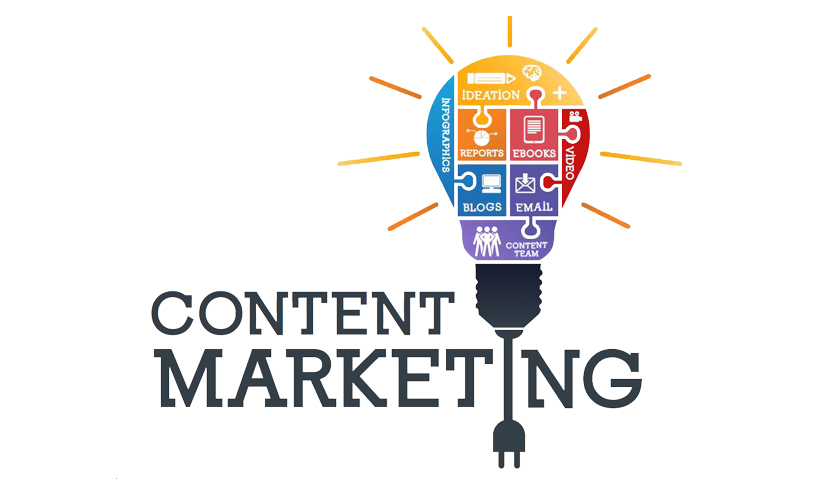by Erin Jones
Share
by Erin Jones
Share

We all know content is “king” and every digital marketing strategy needs to center around great marketing content.
Vendor-driven content dominates the media, drives SEO, is integral to community building and ultimately – when done effectively – drives leads.
But ask just about anyone and they’ll say that content creation is hard. Teams get easily caught up in heavy processes, endless topic analysis and while they’re navel gazing, the timeliness of a topic has flown right past them.
How can you up your content marketing game? Without a blueprint for success any content marketing strategy will surely fail. To supercharge your content plan, and get the creative juices flowing take a look at, and use this seven-step checklist to break through barriers holding you back from being more effective.
1. Think Outside-In. It’s no secret that it’s important to know your audience. But you’d be surprised how many content marketers take the inside-out approach, rather than the outside-in. To truly think like a marketer, you need to start with the market, not what you’re selling. That is to say, don’t tell your product’s story or sell us on product features, or even value ,until you look first at your market, the personas in your market and what call to action resonates with them.
What nagging problems do they need to solve? What challenge is keeping them up at night? What would they pay to solve, today? Write all of these “pains” down in a matrix by persona to have a clear view of who you’re talking to and what you need to say to them. Then, take it a step further to outline what each persona wants to know at each step of the buying phase: awareness, consideration, accreditation, evaluation/decision making.

2. Broaden Your Channels. Next, identify the best ways to reach these various personas – at each step of the buyer’s journey. Is your target persona a highly technical administrator? Look at media and social channels that deliver technical how to’s and best practices then evolve later into self-produced webinars and detailed datasheets. Do you want to influence CxOs? Think beyond the business media and evaluate other programs that will also influence , such as high-profile analysts or case studies on how other C-level executives have solved their problems with your solution.
Don’t forget to include self-publishing channels for whitepapers and visual assets, as well as third party channels for earned media, syndicated and paid media, social media, analyst influencing, sales and partners channels. Map out the best channels for reaching your targets throughout each engagement phase.
3. Educate The Buyer. Research has proven that awareness content is 75% more actionable than promotional content. It shows that you truly understand the buyer’s challenges and can deliver leadership and innovation that will help them. Customers want experts to guide them, not salespeople to sell them. So, when outlining your personas’ pains and the channels to reach them, place your emphasis on the content topics and channels that educate the buyer, not “sell” to them and you will experience success like the Malwarebytes Brand Lift Study. From contributed articles and blog posts to whitepapers, infographics and sponsored analyst reports these types of awareness pieces should comprise the majority of your demand-generation content.
4. Isolate Your “Thing/s.” To establish a crisp content marketing strategy, you need to stay true to your core. Being all things to all people won’t set you apart, it will only send you into a sea of others trying to shout the same story. Outline your differentiators so you can create a cogent strategy that illustrates your core business expertise, value proposition and benefits. Then map the differentiators back to your customer pains. This will give you a clear and manageable list of topics you need to develop into educational content, putting a stop to topic analysis paralysis. What can you teach your market better than anyone? Focus your content on just the core “things” you know best and you’ll gain more traction with buyers.
5. Develop Your “Core” Asset. The best content marketing campaigns start with a single, core asset. This is the gospel of your educational message. Core assets should always be educational, awareness pieces that define the problem in detail and offer valuable, actionable advice on how to solve it, like the brand awareness increase assets Avista crafted for Commvault. They should also paint a picture for the reader on what can be possible once the problem has been solved. If any direct promotion is included in the core asset, it should be very limited and left at the end. Instead, use the opportunity to sprinkle in self-nurturing assets where readers can learn more about the solution you offer if they chose to, by selecting to link to, or download another asset. This technique will generate dramatic engagement by being awareness focused instead of a hard product sell.
6. Blast it Apart. With the core asset created, the real fun begins. It’s time to split that core asset into dozens of new pieces of content, each specifically designed for your top personas, the channels they use and each phase of the buying cycle. You have eliminated some of the pain of new content creation because the message is already built. Now you can craft that content into multiple blogs, infographics, contributed article placements, mini-papers, slideshares, checklists, calculators, newsletters, webinars, e-guides, one-pagers and so much more. Be sure to cross pollinate the assets through self-nurture links and social sharing for additional engagement and activation.
7. Measure, Refine, Repeat. With your best content now out there, you need to track results to see what resonates with your buyer personas. Carefully map each content piece to your target personas, channels and buying stages and track results. Knowing where your audience engages, and what they engage in most, is as critical as knowing their pain points. The better you can target your channels with the content they want at the right time, in the right place, the more leads you’ll collect and the faster those leads will convert into sales. Be sure that after each campaign you measure the results to see what worked, and what didn’t. Then refine your strategy and repeat.
Put these seven steps into action and you should see a marked improvement in content flow and effectiveness with your buying audiences.
STAY IN THE LOOP





